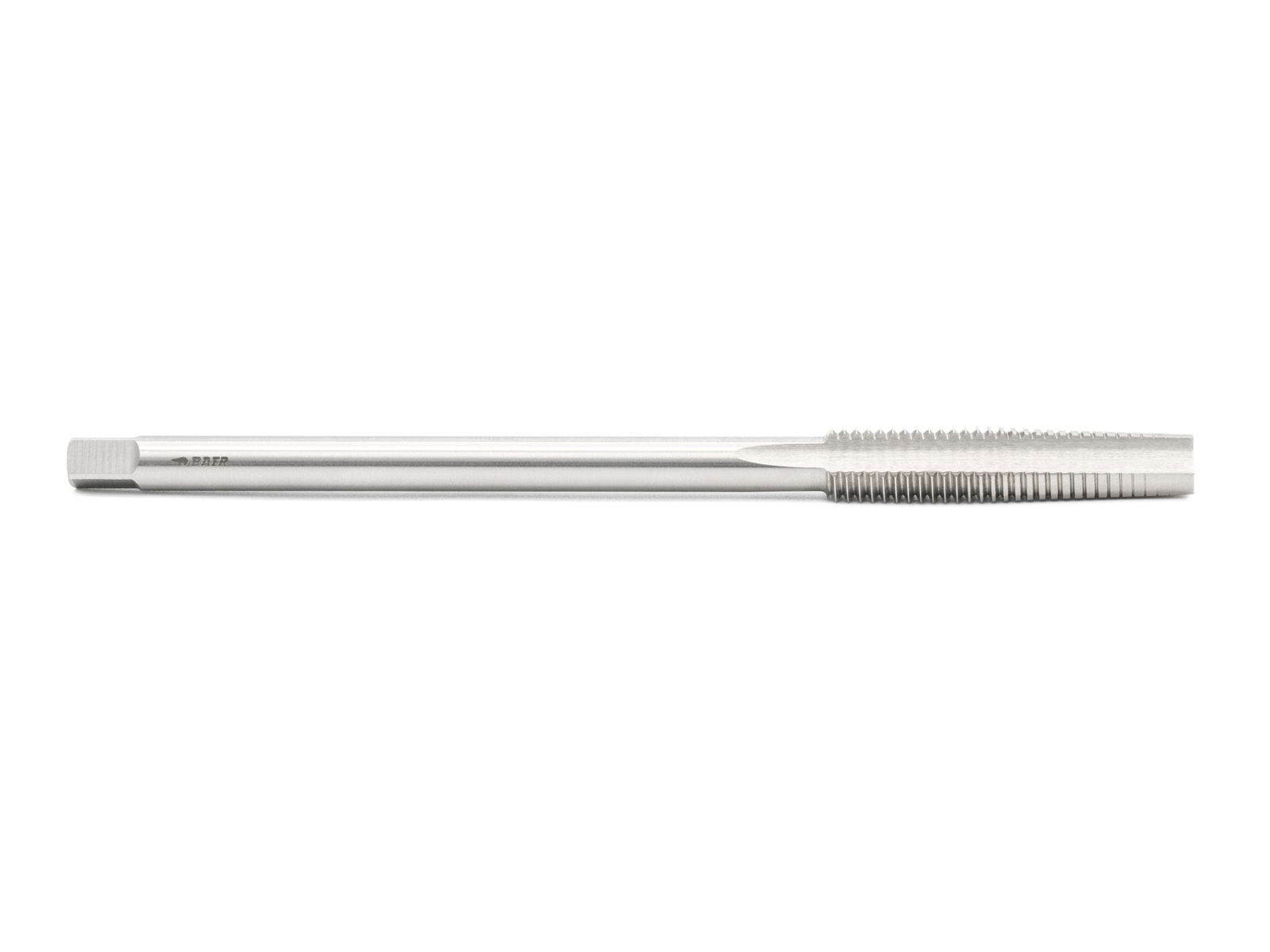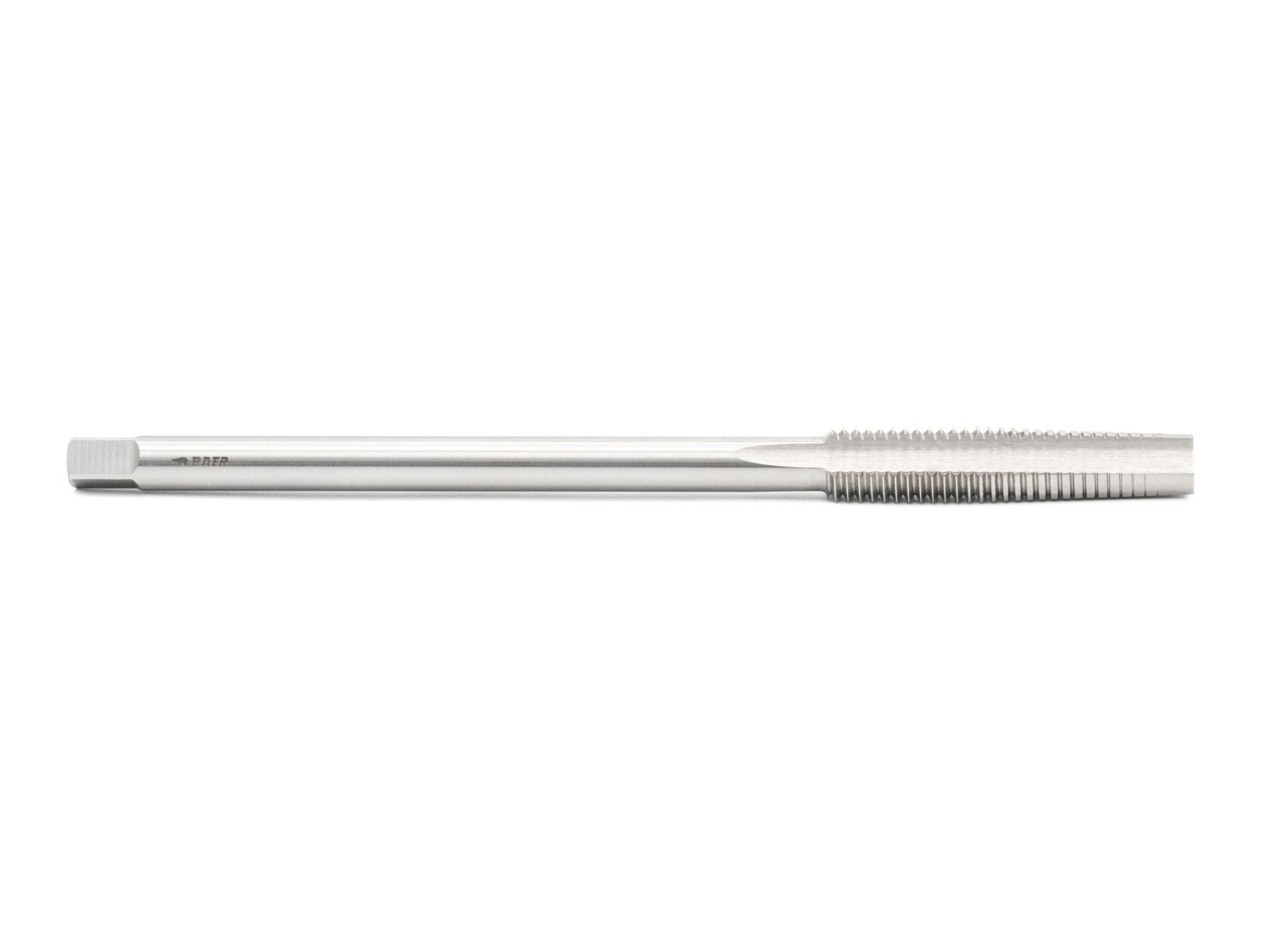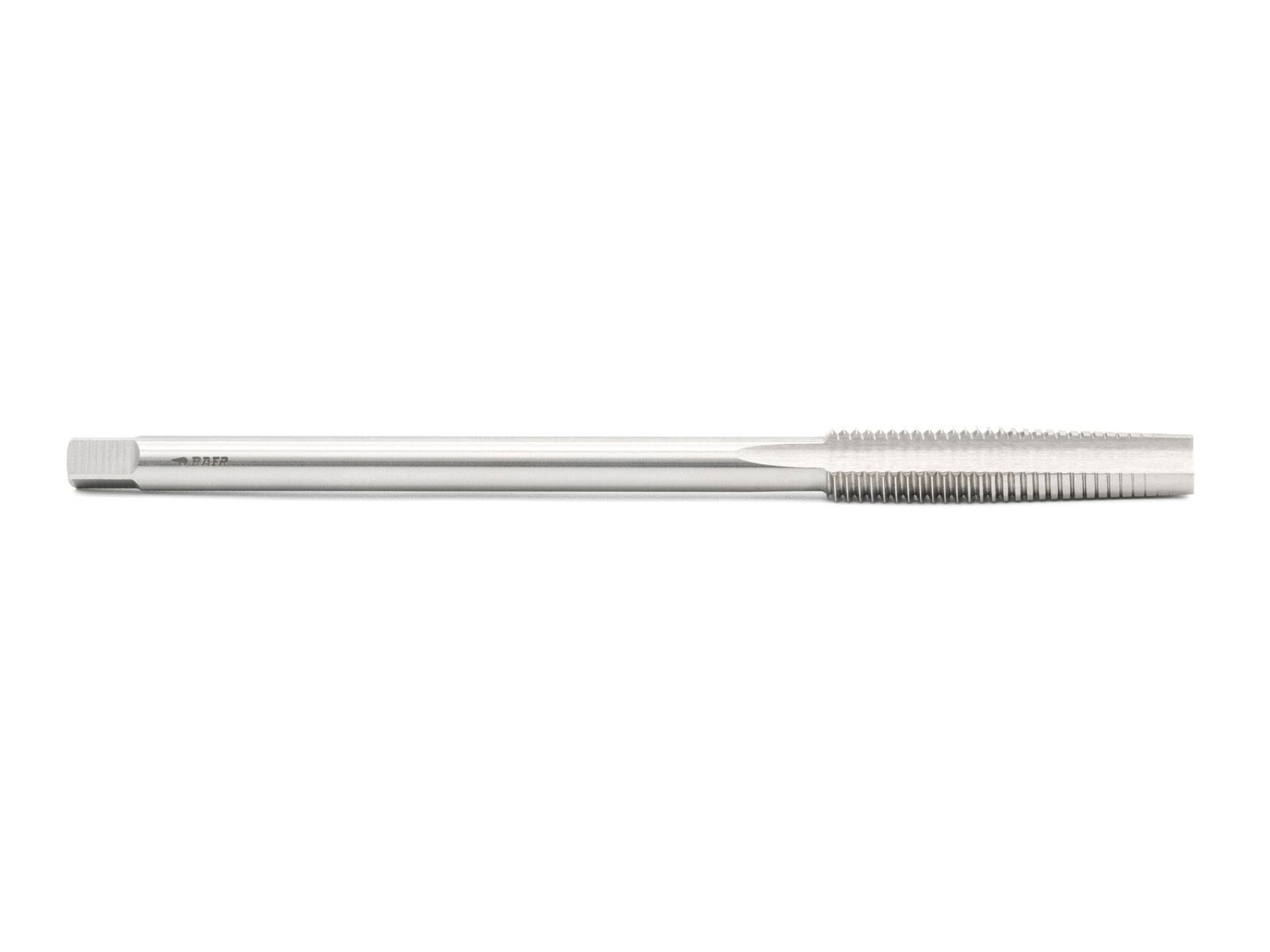-
Taps & Dies
-
Thread standards
- M - metric regular thread
- MF - metric fine thread
- G (BSP) - pipe thread
- UNC - American coarse thread
- UNF - American fine thread
- UNEF - amer. Extra fine thread
- UN - amer. with special pitch
- UNS - amer. with special pitch
- BSW - british coarse thread
- BSF - British fine thread
- Tr - trapezoidal thread
- Rd - knuckle thread
- NPT - amer. taper pipe thread
- NPTF - amer. taper pipe thread
- NPS - amer. cyl. pipe thread
- Rc (BSPT) - taper pipe thread
- Rp (BSPP) - cyl. pipe thread
- Vg - valve thread
- BA - brit. assn. Thread
- BSB - BSC - brit. std. thread
- W - taper gas cylinder valves
- Electrical and cable thread
- Bicycle and pedal thread
- Photo and C-Mount Thread
- Mini and nano threads (< 2mm)
- PG - steel conduit thread
- S - buttress thread
- RMS - microscope thread
- MJ, UNJC, UNJF - Aviation
- STI thread (thread inserts)
- Special thread
- Operating tools
- Lubricant
- Thread restoration tools
- Countersink
- Step drills
- Thread gauges
-
Thread standards
- BaerCoil/BaerFix
- Drill chucks
- Twist drill bits
Machine nut taps for metric thread according to DIN 13
Toolfinder
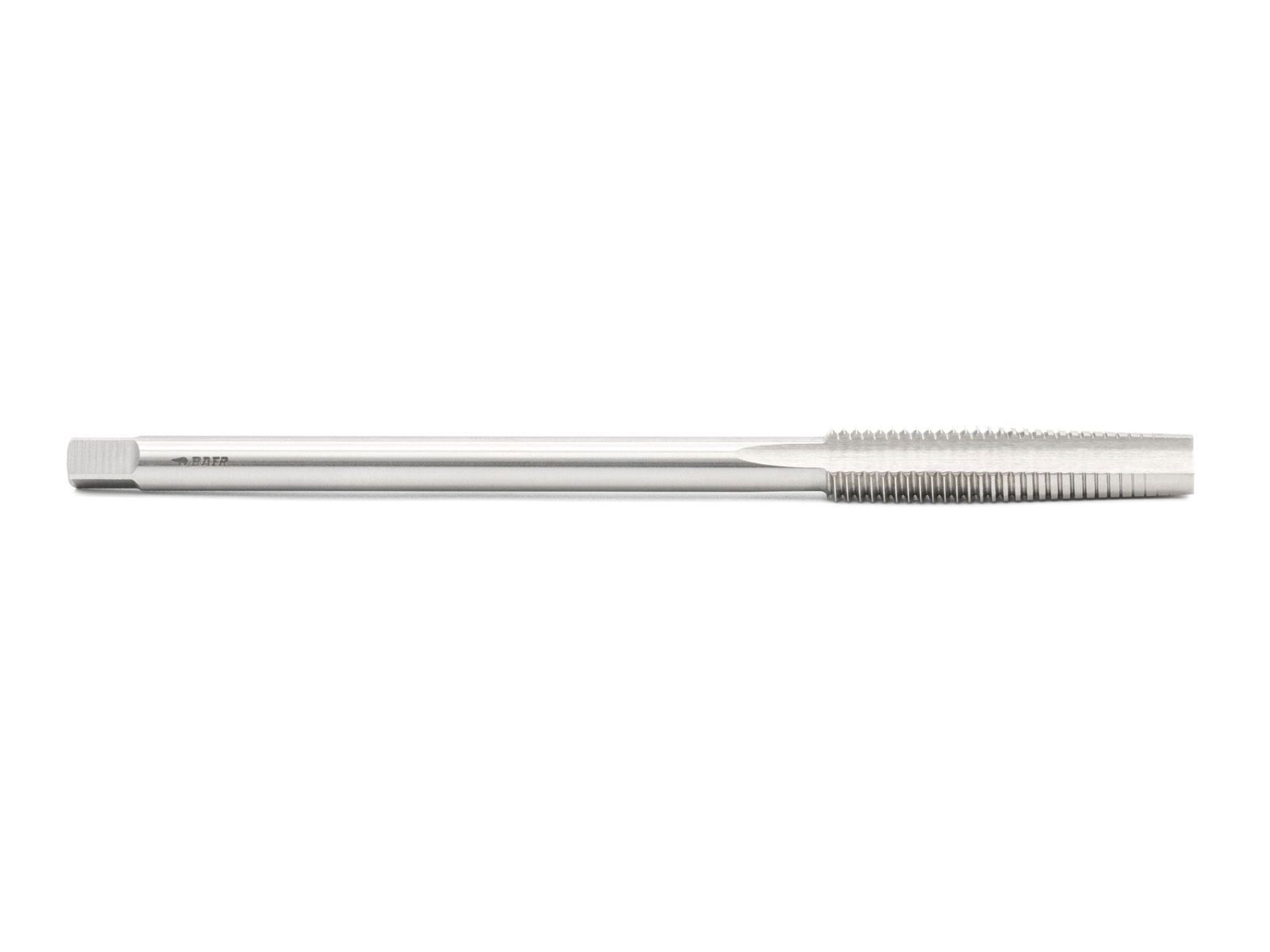
In stock
Express shipping available
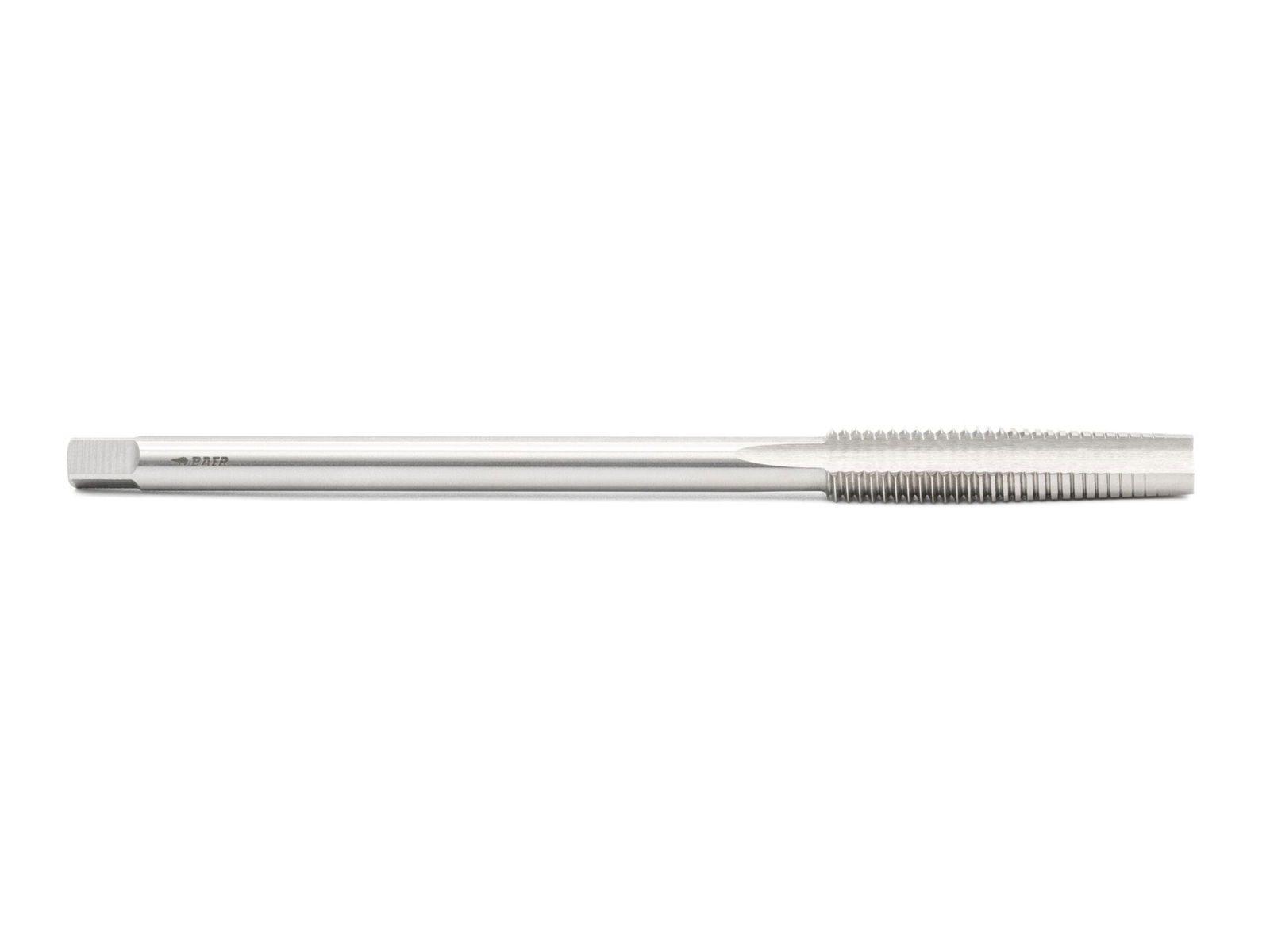
In stock
Express shipping available
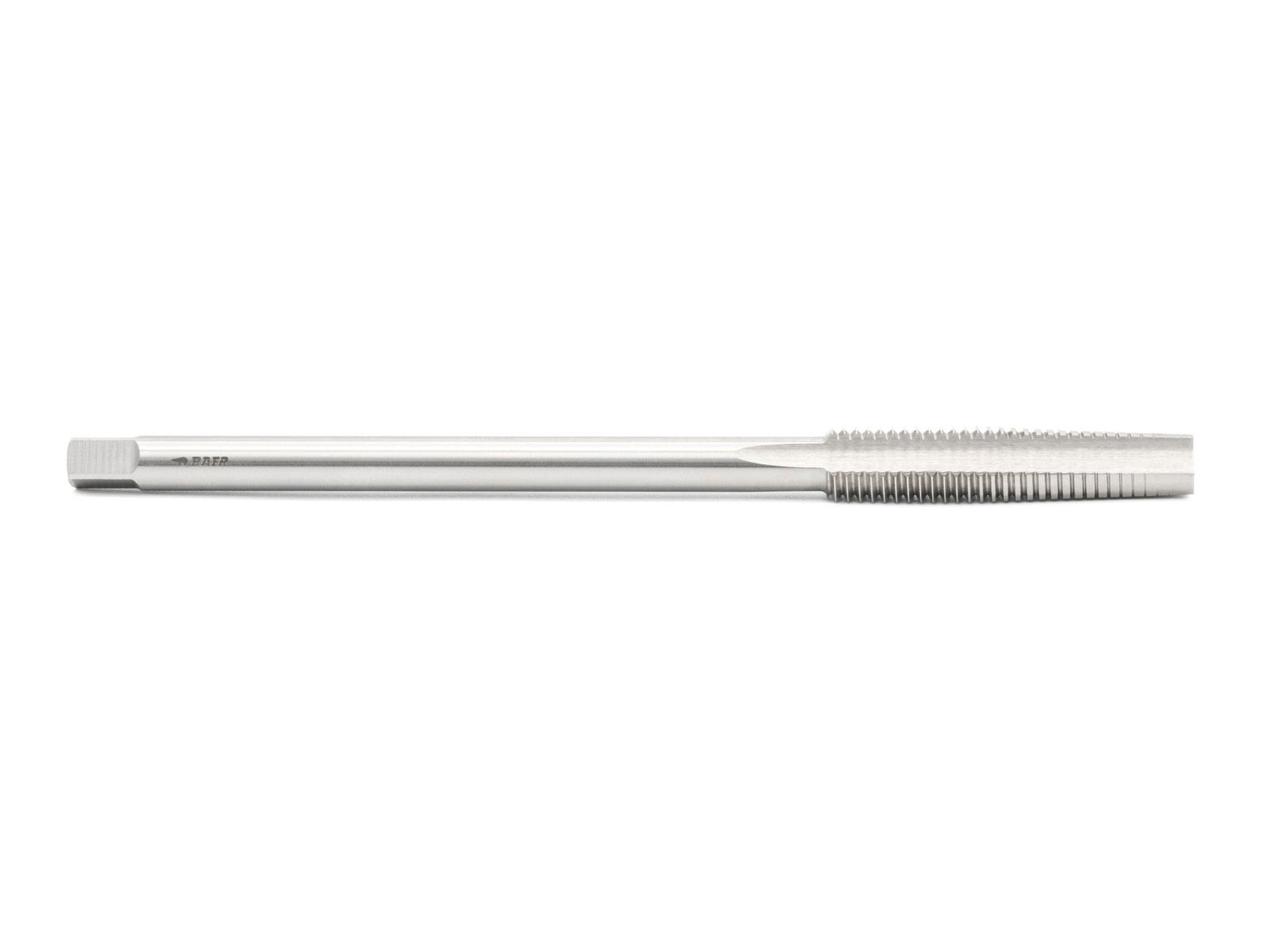
In stock
Express shipping available
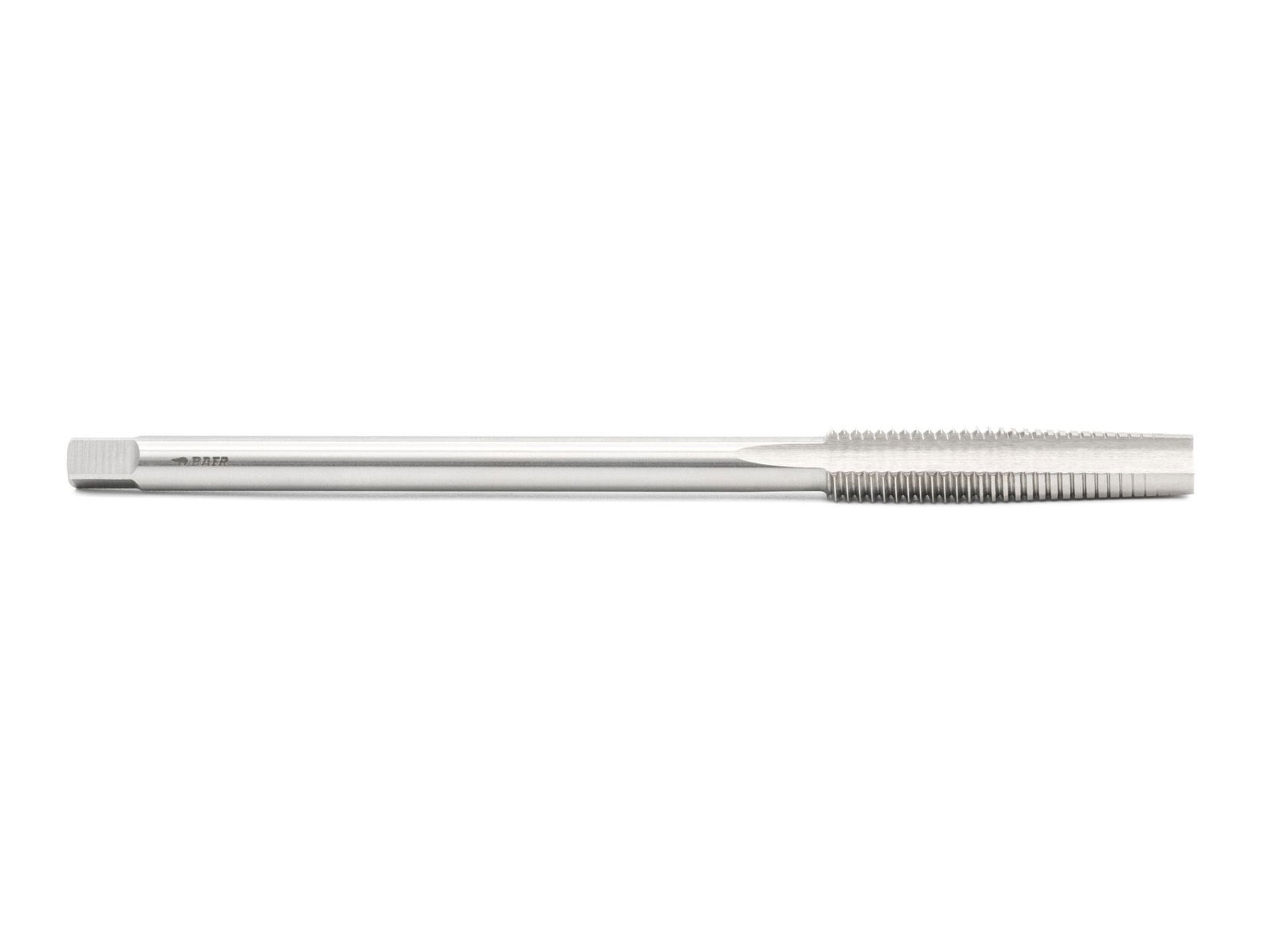
In stock
Express shipping available
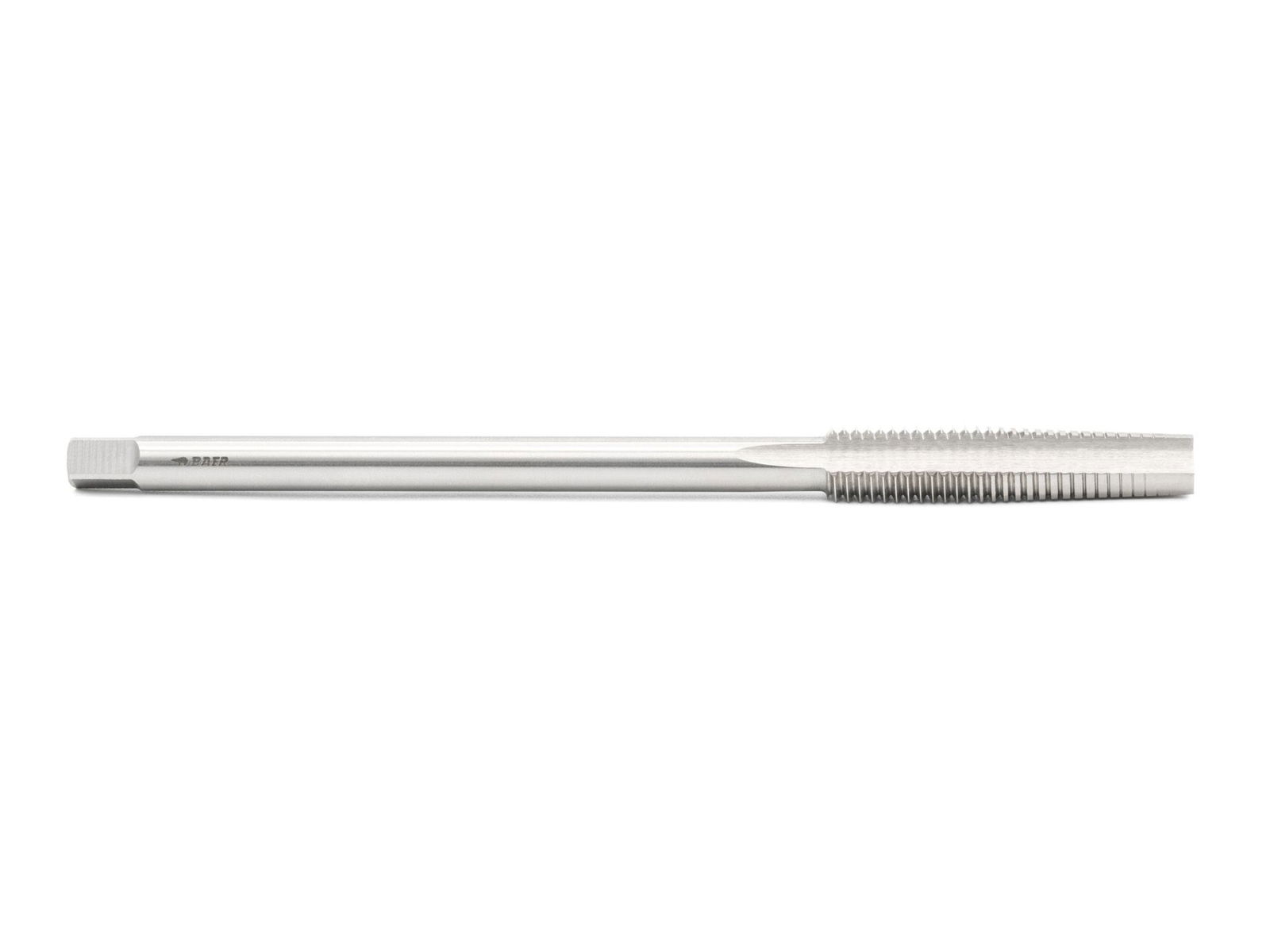
In stock
Express shipping available
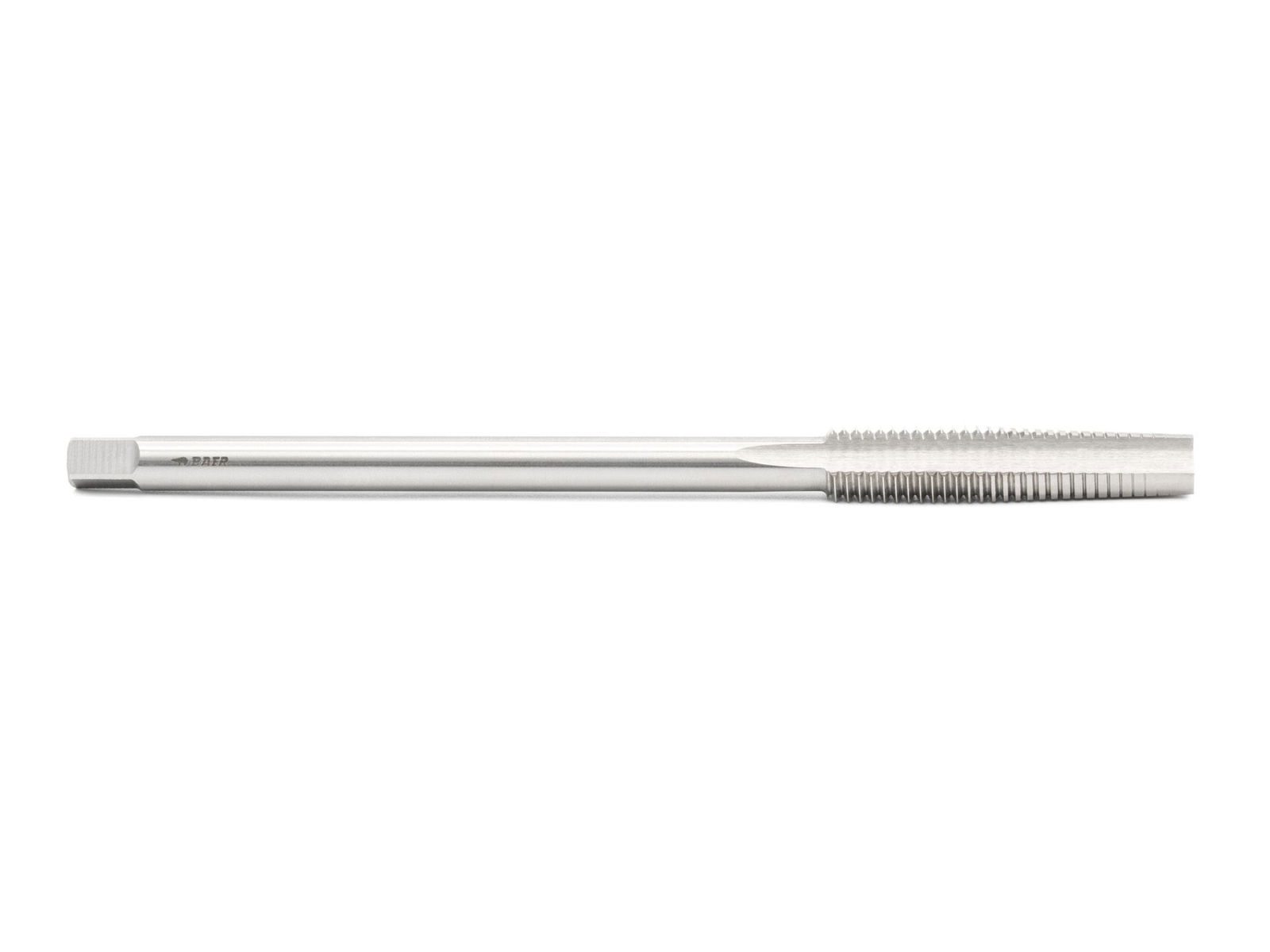
In stock
Express shipping available
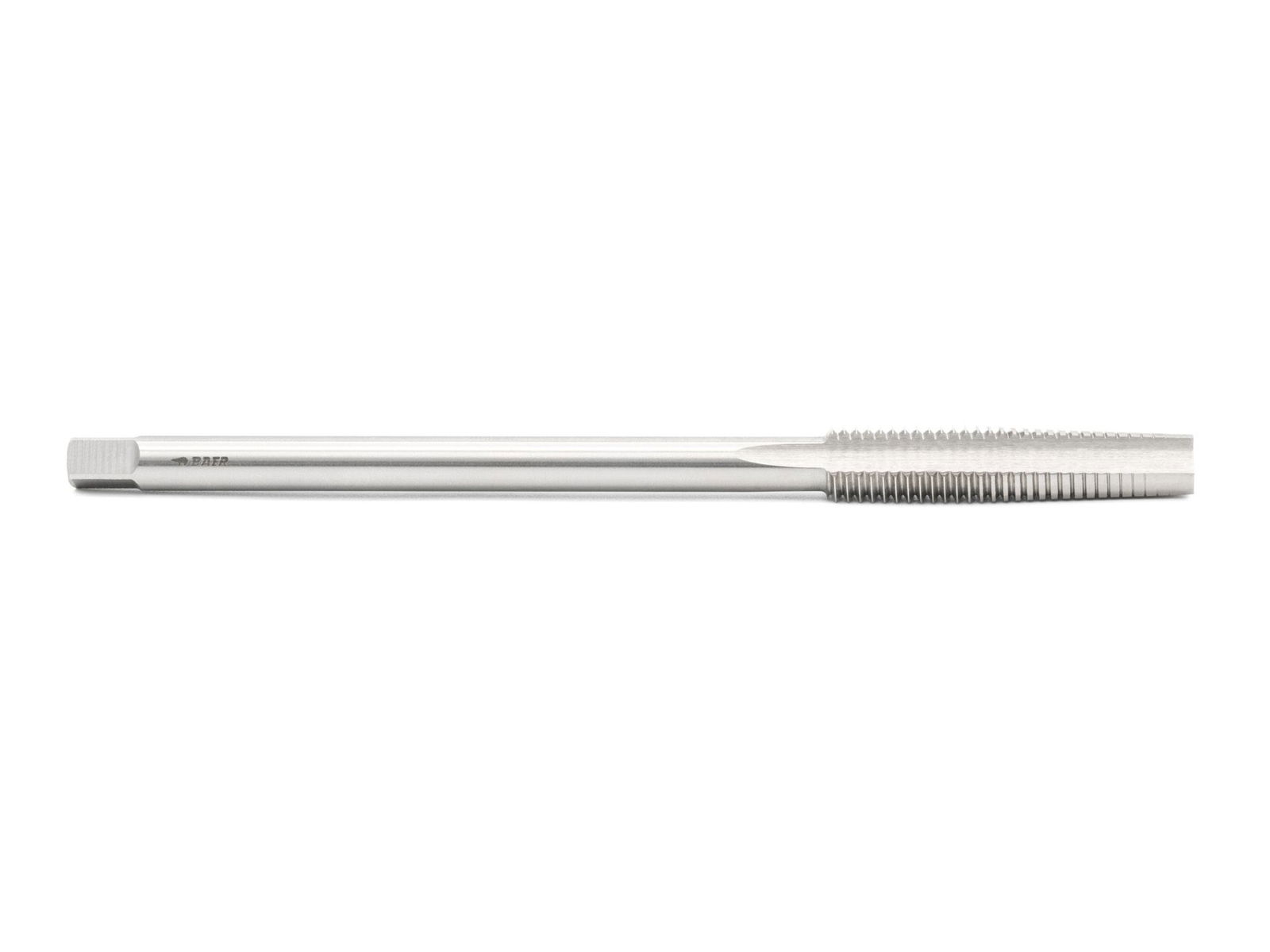
In stock
Express shipping available
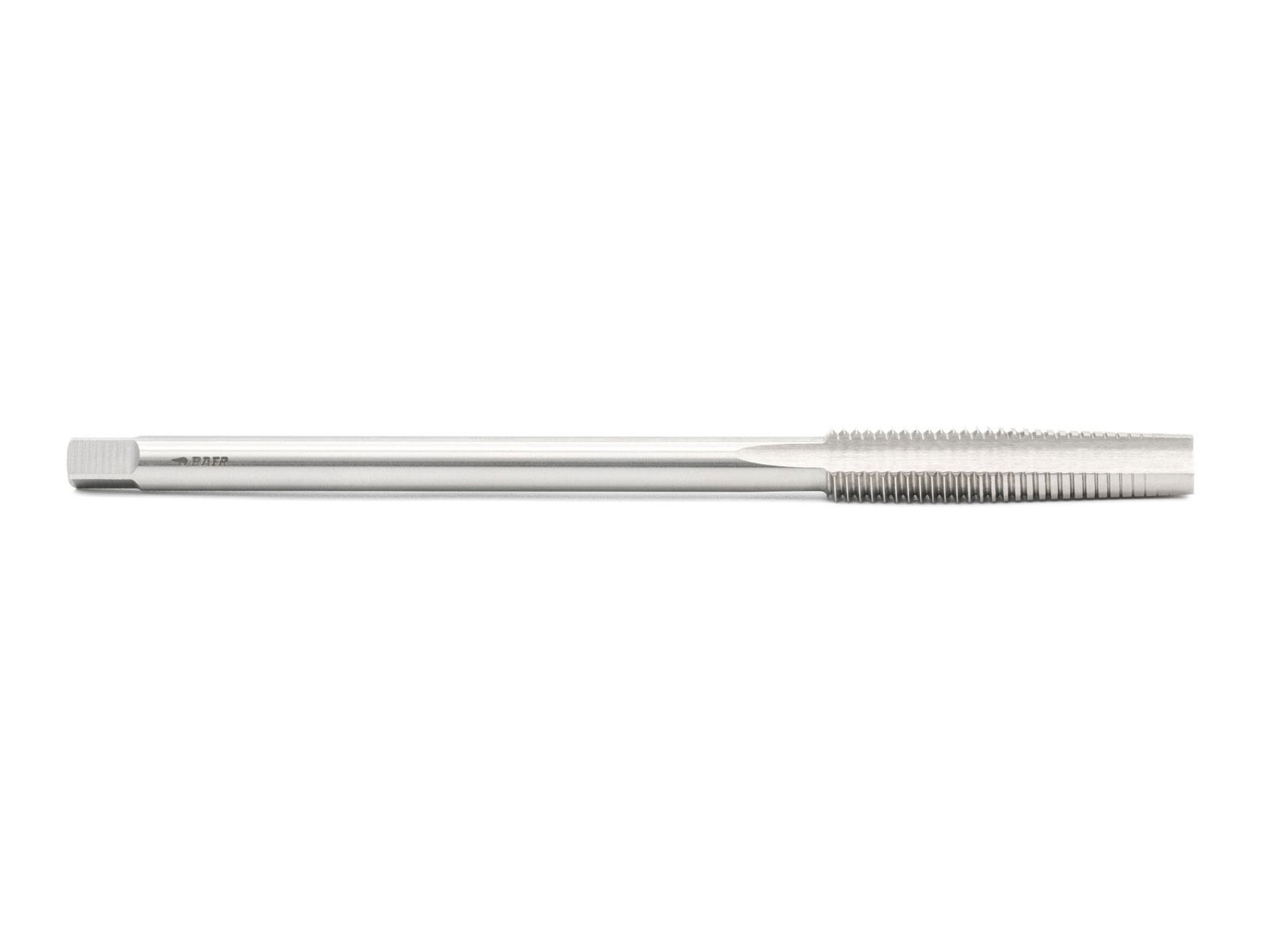
In stock
Express shipping available
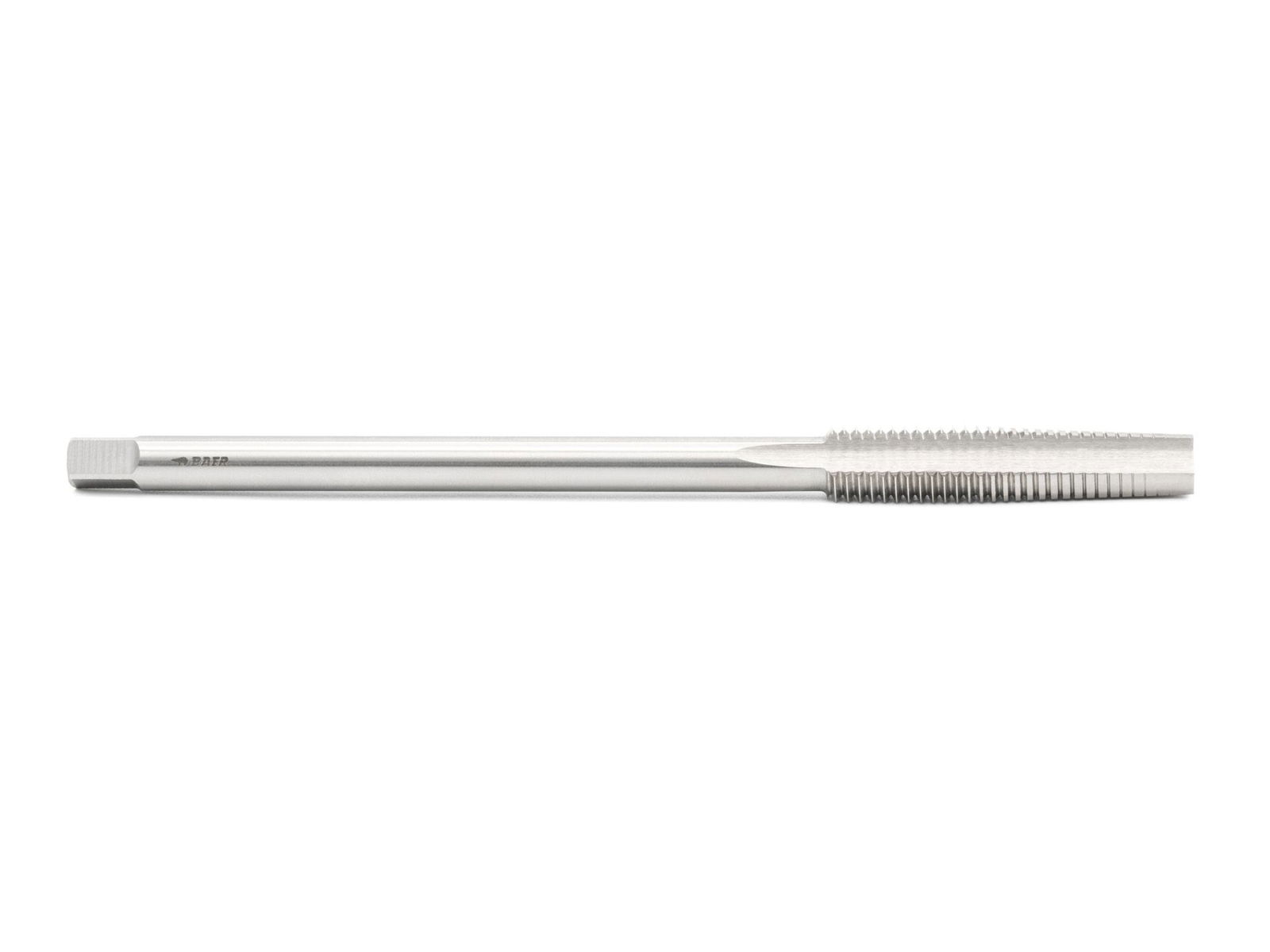
In stock
Express shipping available
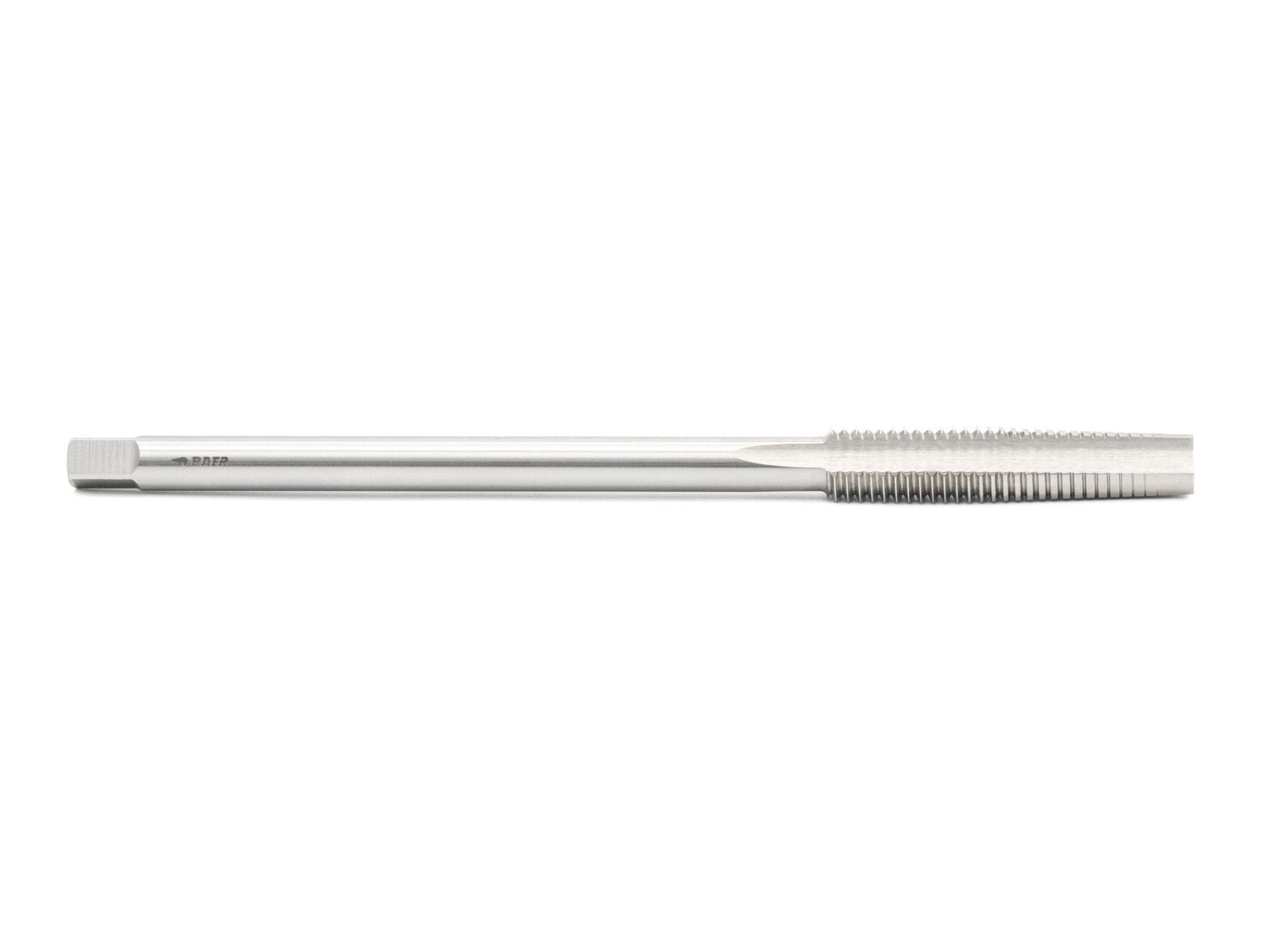
In stock
Express shipping available
Nut taps for machines: Special features & co.
It provides security, gives you a hold and is always there when you need it. The nut has a good reason for its name, as it has a lot in common with its human namesake. Above all, we encounter the classic hexagon nut at every turn, it remains inconspicuously in the background and tirelessly ensures that components do not fall apart.
You've held them in your hand many times, but have you ever wondered how these helpful little things are actually made? There is a special tool for this: the nut tap for machines. In this article we will explain how this differs from conventional taps, which variants there are and why you need to know this at all.
How can you recognise a nut tap for machines?
A nut tap for machines is first and foremost one thing - long. In direct comparison with its stockier brothers, it looks a bit like a gangly teenager after a sudden growth spurt. Both head and shaft are elongated. Of course, the amazing Dimensions also have a purpose. Let's start at the front. The head is long because it has to accommodate a very long gate. This is the real secret of the nut taps for machines. A whole 2/3 of the thread length consists only of the gate. If you have been paying attention in our other basic articles, you will know that a long lead is used for short through holes - just like a nut.
The shank of the nut tap for machines also stands out due to its unusual length. This serves to facilitate the work process. After all, blanks for nuts are small parts that make a special approach useful. Instead of unscrewing the nut tap for machines after cutting the thread, the finished nut simply slides onto the shank of the tool and waits there to be removed. The longer the shank of the nut tap, the more nuts will fit on it - and the less often you will have to interrupt your work to remove the finished parts.
How does nut making with a tap work?
Nut taps are mostly machine taps. This means you need a stationary drill to cut a thread in a nut with these nut taps for machines. Otherwise, the process is very similar to that of normal tapping. It is important to note that the normal nut taps are only designed for short through holes . Usually, thread depths of one or one and a half times the value of the nominal diameter are mentioned. If you use the nut tap for machines for deeper threads, it can easily happen that the tool breaks off.
In the industrial sector, the production of nuts looks a little different again. Nuts are often required in very large quantities, which is why the processes are optimised for fast, smooth operation. Nut taps for machines are used here in automatic machines and have a special shape. The shank is bent downwards towards the end. In an ingenious mechanism, the centrifugal force makes it possible to remove the finished nuts from the nut tap for machines during operation. Sounds like magic, but it is pure physics!
Different types of nut taps for machines
So far we have only talked about nuts, such as those used in the form of the well-known hexagon nut as a counterpart to the screw. However, this is not the only application where nut taps for machines are used. So let's take a closer look at the different types of nut taps.
Nut taps for machines - fastening threads
Let's stay with the fastening thread first. Nothing else is the thread that is used for the nut. A good and common example of this is the metric standard thread. Nut taps for machines of this standard produce nuts that give screws a firm hold. This includes a whole range of sub-types , some of which have very specific applications. A wing nut can be easily unscrewed by hand, a pipe nut is used for water pipes and a cross bolt nut has been used by everyone who has assembled furniture.
Nut taps for machines - movement threads
In addition to fastening threads, there is another type of thread for which nuts and nut taps for machines are also very common. We are talking about movement threads. This type of thread is not about fastening, but about movement - or rather the conversion of a radial movement into an axial movement. Think of the threaded spindle of a lathe, for example. This also has a spindle nut and the appropriate nut tap to make it.
The most common tap for this purpose is the trapezoidal thread is used most often for this purpose. The profile of this type of thread does not taper to a point, but is flattened in a trapezoidal shape. You therefore need a special machine nut tap for trapezoidal thread to produce such a movement thread. The design of these tools is recognisably different from that of nut taps for machines for the metric standard thread. Their head is extremely long, as the lead is significantly longer. This is necessary because the special shape of the trapezoidal thread means that a lot of material has to be cut out. At the same time, the lead-in chamfer type ensures a long service life and a smooth surface , which is particularly important for moving threads.
Do you as a do-it-yourselfer need a nut tap for machines?
You may be wondering why we are telling you all this when you can always buy ready-made nuts at the DIY store. However, there are good reasons why you should at least think about buying a nut tap. After all, you are never as flexible with ready-made components as when you can make your own to measure. Unusual Dimensions or very special applications are no longer an obstacle. If handicraft is your hobby, you may have the ambition to penetrate the subject matter in great detail and really carry out every step of the work yourself - at least in theory. This way you are not dependent on the assortment of your local DIY store.
If you still have questions about nut taps for machines, we at screw tap-manufacturer BAER will always be happy to answer them competently. Why not give it a try and test our friendly customer service. You will also find nut taps for machines for the metric standard thread as well as nut taps for machines for trapezoidal thread with us. Our online shop is always open for you!

